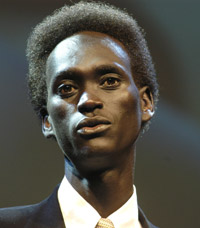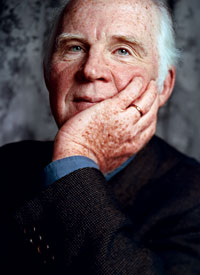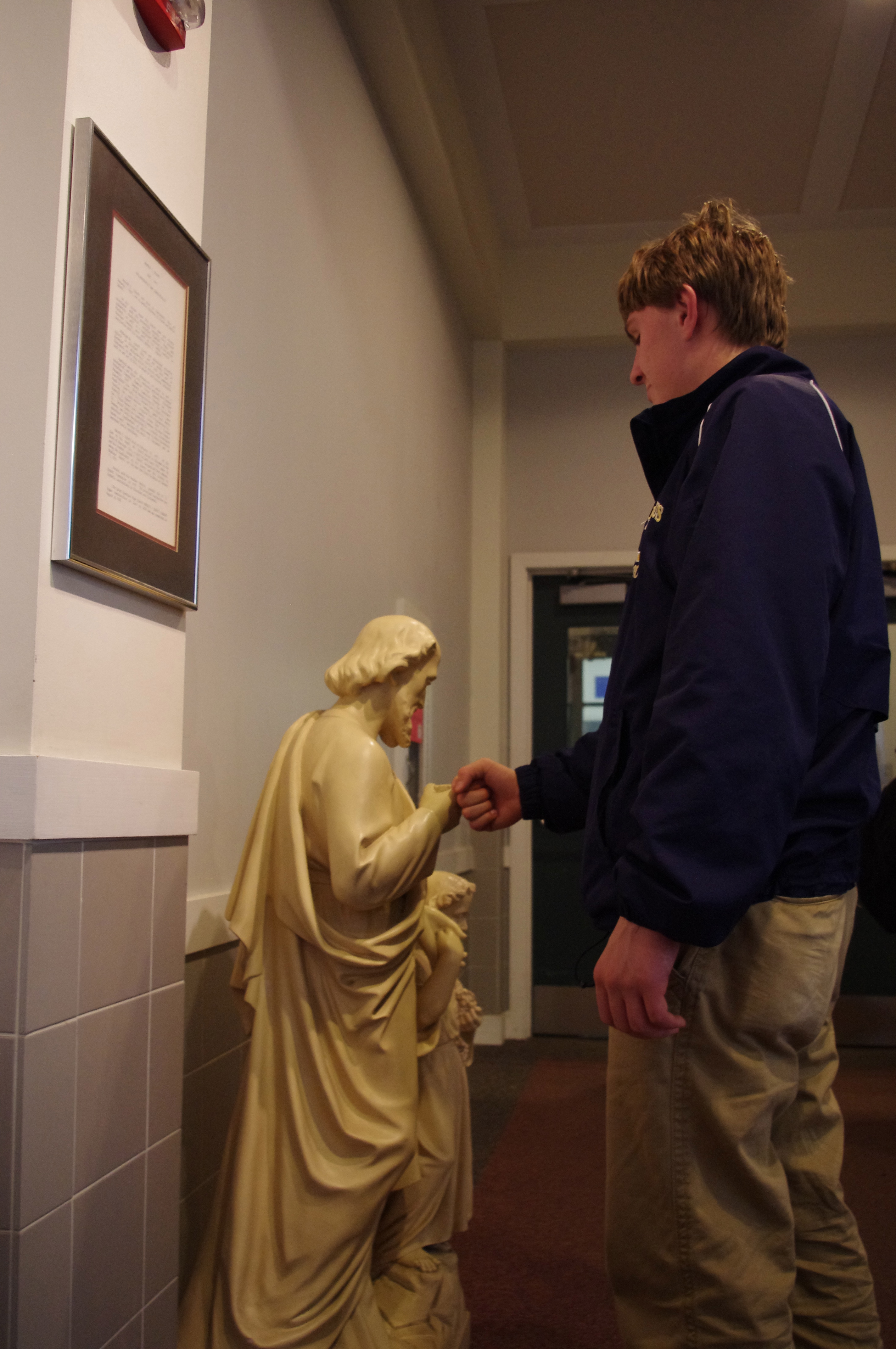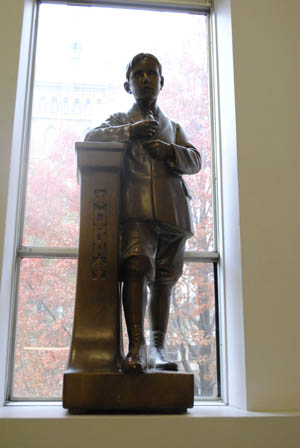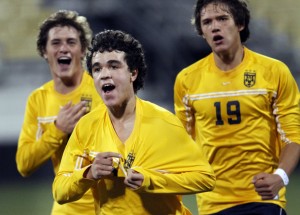by Chuck Ritzler ’12
This summer, I spent two weeks in the Dominican Republic, living in solidarity with the poor and underprivileged of the island of Hispaniola. The days before I left felt like freshman year, all over again. The nerves, the jumpiness. But I was able to restrain myself from running in between classes this time. Questions started to race through my mind. What if I can’t understand them? What if they can’t understand me? What if I get malaria? But June 6th arrived quicker than I expected, and just like that, I was on a plane, nerves, jumpiness, and feelings of inadequacy about my Spanish speaking skills and all, headed for Puerta Plata. Never before in a two week period had I been tested so much, not even during final exam week.
One of the first activities we did in the Dominican Republic had the most profound effect on me. Like Joe, I discovered the true meaning of service and discipleship during our short stay in the Haitian Batey Dos. When we arrived at the schoolhouse, it had to have been no bigger than my bedroom, but at least forty Haitian schoolchildren were crammed into that tiny area. After performing a short juggling show, we split up for activities with the children. But before I could even sit down, I was rushed by a dozen Haitian schoolchildren, all yelling, “Damelo! Damelo!” (Which means “give me one!”). After handing out a juggling ball to as many schoolchildren as I could, one remained who asked to play with me. We began to play catch, when I decided to catch one on my neck. As soon as the ball landed behind my head I heard a burst of laughter. I raised my head, and the face that I saw has been burned in my memory to this very day. He jumped up and down excitedly, hands thrown high above his head in joy. His brilliant white smile shined brightly in contrast with his dark Haitian skin. He looked like I had just handed him the greatest Christmas present ever, but I had only caught a ball. In this small Haitian child’s face, I had seen the face of God.
I also saw the face of God during my ten day stay in the mountain village of Rancho de los Platanos. Getting there wasn’t easy. Paved roads gave way to a mere path of mismatched and discarded rocks. As the road wound its way up the mountain, the air thinned, and the vegetation got thicker. Looking down, I thought, “This isn’t even a road anymore.” But suddenly, houses appeared amongst the dense vegetation. Smaller than your garage, it would be generous to say that these houses are in “poor condition.” A few were lucky to be made out of concrete or cinder block, bout most were made of planks of wood, lashed together. Groups of men and women sat on the porches, chatting and laughing. As you walk by, everyone stops. They say hello and give you a hug. Others grab your hand and invite you in for a cup of coffee. They treat you like family, like the prodigal son, who was lost and then found. I had arrived at the happiest place on earth.
While living in Rancho de los Platanos, I lived with my mother, Innocencia, my sister, Yomarys, and my little brother, Manuel. I was welcomed into their home with open arms and unconditional love. Every morning, I was greeted with an “I love you” and a “God bless you”, and was given the same as I went to bed each night. My mom even secretly washed my clothes while I was working one day, even though I had explicitly told her not to. But nevertheless, when I arrived home that day, I found my clothes on my bed, folded and freshly washed. It was here, in my house, my house that was power by a car battery, my house that had only a single spigot of running water, my house where frogs, spiders, and cockroaches all gathered in a group effort to scare me, where I discovered the people of the Dominican Republic. It blew me away, that people who had so little materially, could give me so much. Their needs are so great, but there are so very few people who know or are willing to do something about it. It took me almost seventeen years, nine latrine holes, and one particularly nasty bout of diarrhea to finally hear God’s call, the same call He makes to all Christians, the call to service and discipleship.
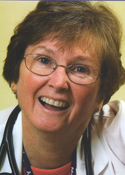 Sister Adele O’Sullivan, CSJ, M.D. has been a member of the Sisters of St. Joseph of Carondelet since 1968. Her calling led her to pursue a medical career and in 1984 she received a Doctor of Medicine degree from the University of Arizona. Dr. O’Sullivan completed her internship and residency in Family Medicine at the U of A in 1987 and is board certified by the American Board of Family Medicine. In 2006, Dr. O’Sullivan was honored as the American Family Physician of the Year by the American Academy of Family Physicians. She received the Arizona award as Family Physician of the Year from the Arizona Academy of Family Physicians in 2005.
Sister Adele O’Sullivan, CSJ, M.D. has been a member of the Sisters of St. Joseph of Carondelet since 1968. Her calling led her to pursue a medical career and in 1984 she received a Doctor of Medicine degree from the University of Arizona. Dr. O’Sullivan completed her internship and residency in Family Medicine at the U of A in 1987 and is board certified by the American Board of Family Medicine. In 2006, Dr. O’Sullivan was honored as the American Family Physician of the Year by the American Academy of Family Physicians. She received the Arizona award as Family Physician of the Year from the Arizona Academy of Family Physicians in 2005.

